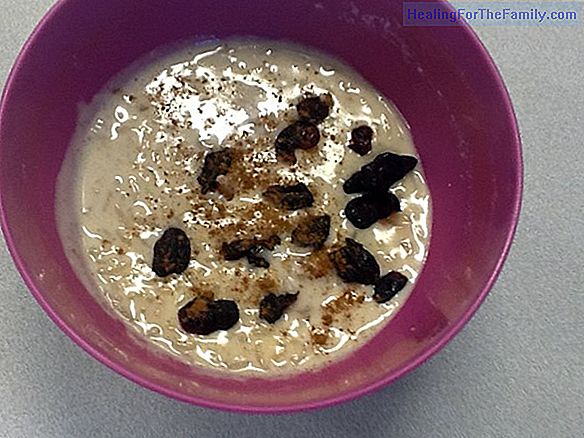Test of vagino-rectal exudate in pregnancy
Throughout pregnancy, the pregnant woman will have to perform various tests, tests and analysis to know both their health and that of the baby. Ultrasounds, blood draws, glucose test ... and, finally, in the final stretch of pregnancy, the famous and feared vaginal-rectal exudate. Perhaps it is one
Throughout pregnancy, the pregnant woman will have to perform various tests, tests and analysis to know both their health and that of the baby. Ultrasounds, blood draws, glucose test ... and, finally, in the final stretch of pregnancy, the famous and feared vaginal-rectal exudate.
Perhaps it is one of the least painful or annoying tests, but to pregnant women it seems one of the most uncomfortable, what is it?
How the exudate test is performed in pregnancy

This test is usually performed at week 35 or 36 of gestation and its fundamental function is to ensure that the baby leaving the birth canal is not infected with a bacteria present in the vaginal and rectal flora of some women and that could cause certain diseases, some of them serious. This bacterium is called streptococcus agalactiae aunque, although it is commonly known asgroup B streptococcus .To take the sample, the woman has to lie down on the table and let the midwife or obstetrician pick up a sample of the vagina and rectum using cotton swabs. It produces hardly any discomfort, it is a test that
is usually more uncomfortable psychological than physically for the pregnant woman. The gynecologist will inform the woman of the result of the test and the treatment to be followed in case the pregnant woman is infected with the streptococcus bacteria. If the result of the test is positive, the pregnant woman will be prescribed antibiotics to prevent her from infecting the baby. This prophylactic treatment will be administered intravenously during delivery. And is that this type of infection, if not treated, can cause sequelae to the newborn such as cerebral palsy, deafness, blindness, meningitis or language delay.












